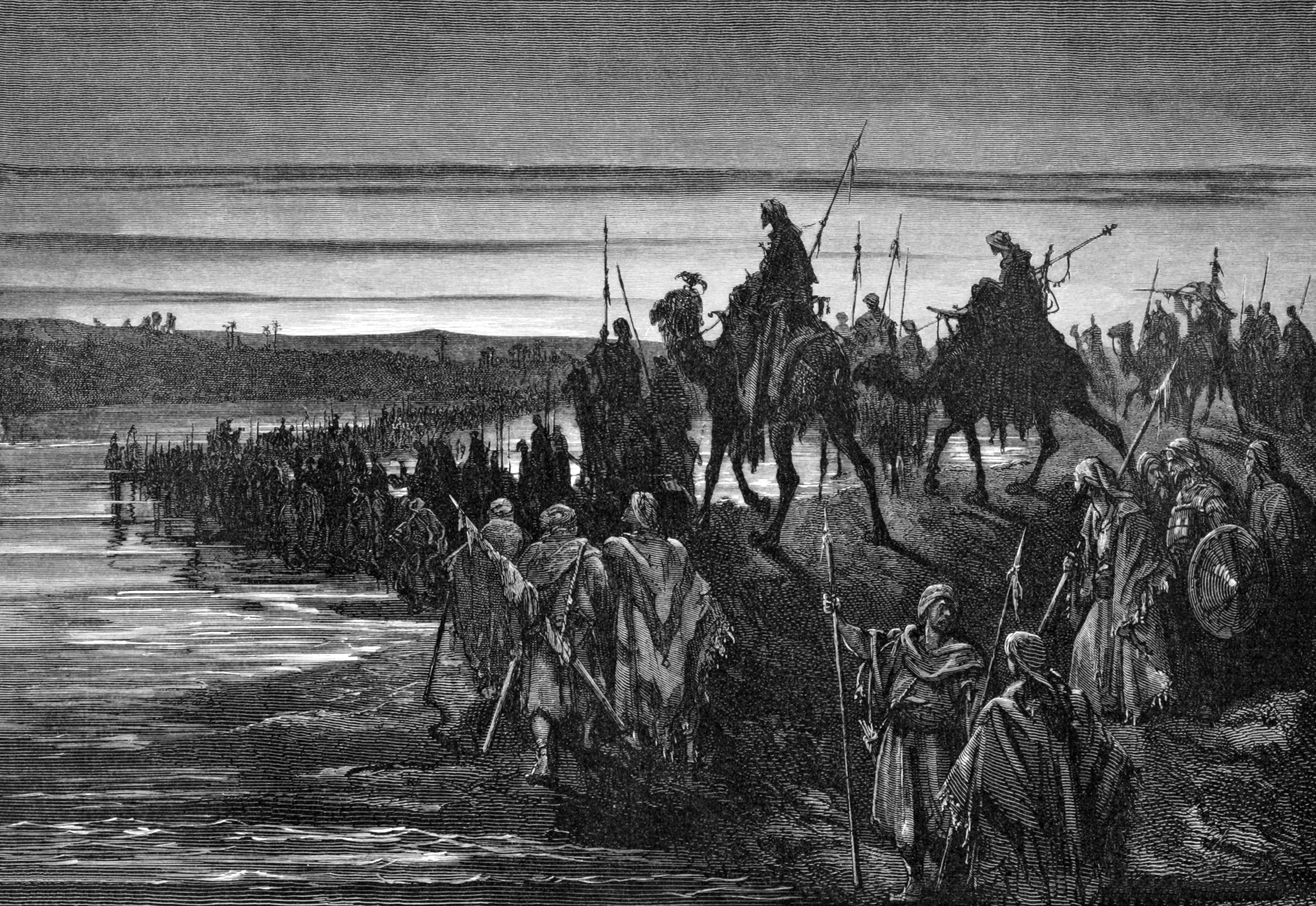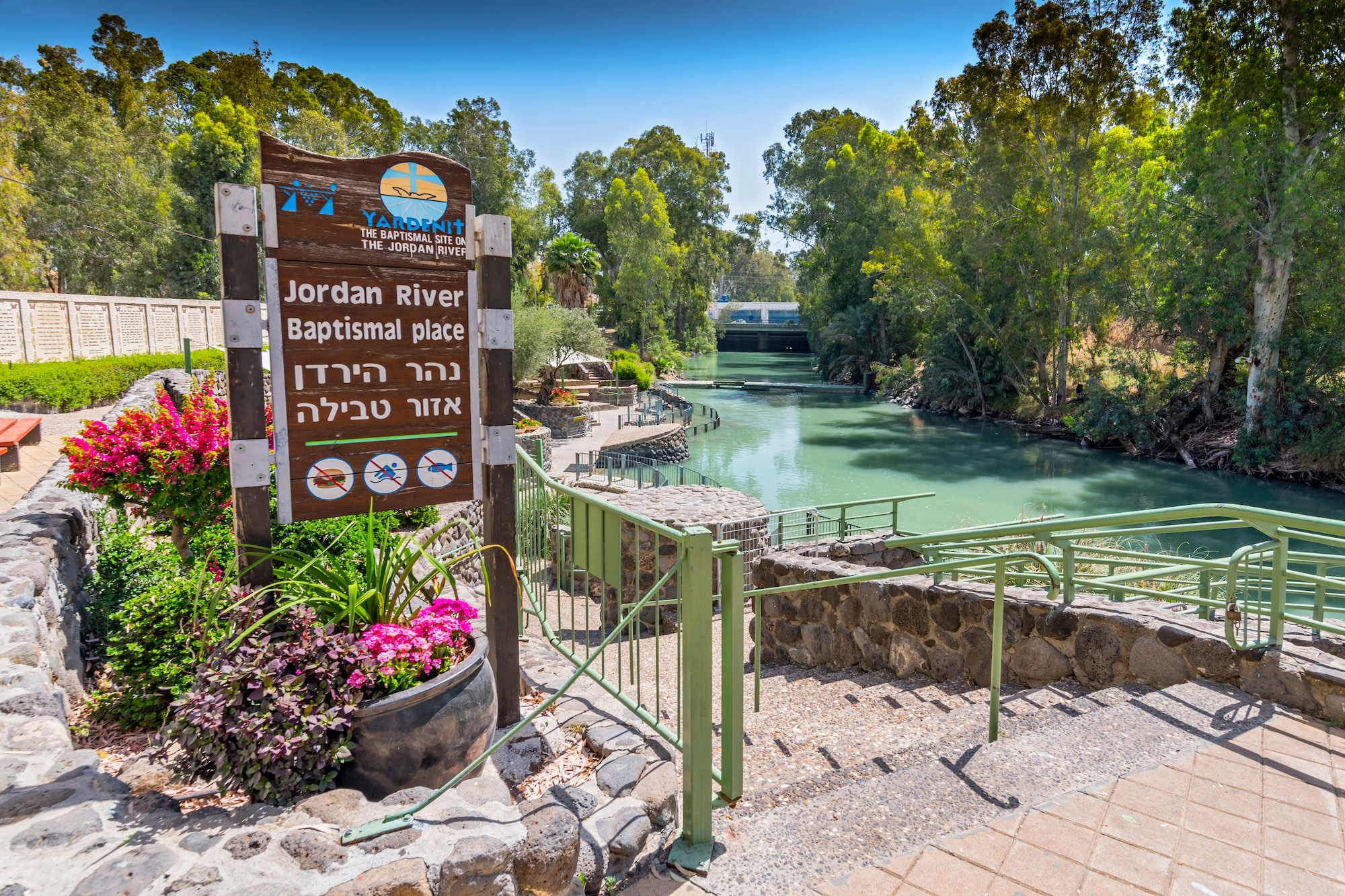
The Jordan River is a legendary waterway that holds immense historical and cultural significance. Stretching approximately 251 kilometers (156 miles), it flows through the Middle East, forming part of the border between Jordan to the east and Israel and Palestine to the west. Dive into the depths of this iconic river as we explore ten fascinating facts that illuminate its rich heritage.
A Biblical Waterway
The Jordan River has deep biblical roots, often mentioned in religious texts. It is famously associated with Jesus Christ’s baptism, making it a significant pilgrimage site for Christians worldwide. According to the Bible, it was at the Jordan River where John the Baptist baptized Jesus, solidifying its sacred reputation.
Flowing Through Time
Believed to be one of the world’s oldest rivers, the Jordan River’s history dates back thousands of years. It has witnessed the rise and fall of civilizations, providing sustenance and livelihood to the people dwelling along its banks throughout the ages. Its historical relevance stretches beyond religious contexts, encompassing numerous events that have shaped the region’s heritage.

The Source of Life
The Jordan River serves as a vital water source for the surrounding regions, including Jordan, Israel, and Palestine. It originates from the slopes of Mount Hermon in the Anti-Lebanon mountain range, fed by several tributaries along its course. The river’s waters have sustained agriculture, wildlife, and communities for centuries, symbolizing life and prosperity in an arid landscape.
A Natural Border
The Jordan River acts as a natural border between Jordan and Israel/Palestine. It flows from north to south, forming the eastern edge of the West Bank and marking a boundary between two nations. Throughout history, this river has witnessed conflicts, peace treaties, and negotiations, signifying its geopolitical significance in the region.
A Unique Ecosystem
The Jordan River is home to a diverse and fragile ecosystem. Its waters support a variety of flora and fauna, including endangered species like the Jordan River turtle. Unfortunately, due to human activities such as water extraction and pollution, the river’s ecosystem has suffered significant degradation over the years. Conservation efforts are underway to preserve this unique natural heritage.
Destination for Pilgrims
Pilgrims from around the world visit the Jordan River to experience its spiritual aura. They seek to reenact Jesus’ baptism by undergoing their own symbolic immersions. The riverbanks are dotted with baptismal sites and chapels, where visitors gather to connect with their faith and find solace in the tranquil atmosphere that permeates the area.
Crossing Paths of History
The Jordan River has witnessed pivotal moments in history. It served as a crossing point for armies, traders, and refugees throughout centuries. Notably, during the Exodus, it played a significant role in the Israelites’ journey to the Promised Land. The river’s cultural and historical relevance cannot be overstated, as it intertwines with the narratives of diverse civilizations.
Declining Water Levels
Over the past decades, the Jordan River has faced a severe decline in water levels. Factors such as climate change, population growth, and water diversions have contributed to this ecological crisis. The diminished flow affects not only the environment but also the communities that depend on the river for sustenance. Efforts are underway to address this issue and restore the river’s health.
Bridging Religions and Cultures
The Jordan River acts as a symbol of unity and connection among different faiths and cultures. Its significance extends beyond Christianity and encompasses Judaism and Islam as well. Various religious rituals and ceremonies take place along its banks, serving as a common ground for believers from different backgrounds to converge and celebrate their shared heritage.

The Jordan River Today
Today, the Jordan River continues to captivate visitors with its historical and spiritual allure. While facing environmental challenges, it remains an iconic destination for tourists and pilgrims alike. Exploring the river’s ancient landscapes and reflecting on its multifaceted past allows visitors to connect with a profound sense of history and spirituality.
Conclusion
From its stunning natural beauty to its vital cultural and religious importance, it’s no wonder why the Jordan River has been celebrated for thousands of years. Its long, winding waters tie together multiple countries and two religions, adding an air of peace and unity that few other places can offer. With such significance in both history and tradition, a journey along this sacred river will surely be one to remember – a chance to get away from the hustle and bustle of city life, reconnect with nature, and appreciate what it means to stand within so much meaning. So if you’re ever thinking about taking a journey to this part of the world, take the time to visit the Jordan River and discover a part of history unlike any other.
Frequently Asked Questions (FAQs)
How long is the Jordan River?
The Jordan River stretches approximately 251 kilometers (156 miles) in length.
Where does the Jordan River originate?
The Jordan River originates from the slopes of Mount Hermon in the Anti-Lebanon mountain range.
What religious significance does the Jordan River hold?
The Jordan River is highly regarded by Christians as the site of Jesus Christ’s baptism. It is also significant in Judaism and Islam.
Why is the Jordan River important to the surrounding regions?
The river serves as a vital water source for Jordan, Israel, and Palestine, sustaining agriculture and communities in the region.
What environmental challenges does the Jordan River face?
The Jordan River confronts issues such as declining water levels, pollution, and habitat degradation due to human activities.
Was this page helpful?
Our commitment to delivering trustworthy and engaging content is at the heart of what we do. Each fact on our site is contributed by real users like you, bringing a wealth of diverse insights and information. To ensure the highest standards of accuracy and reliability, our dedicated editors meticulously review each submission. This process guarantees that the facts we share are not only fascinating but also credible. Trust in our commitment to quality and authenticity as you explore and learn with us.
